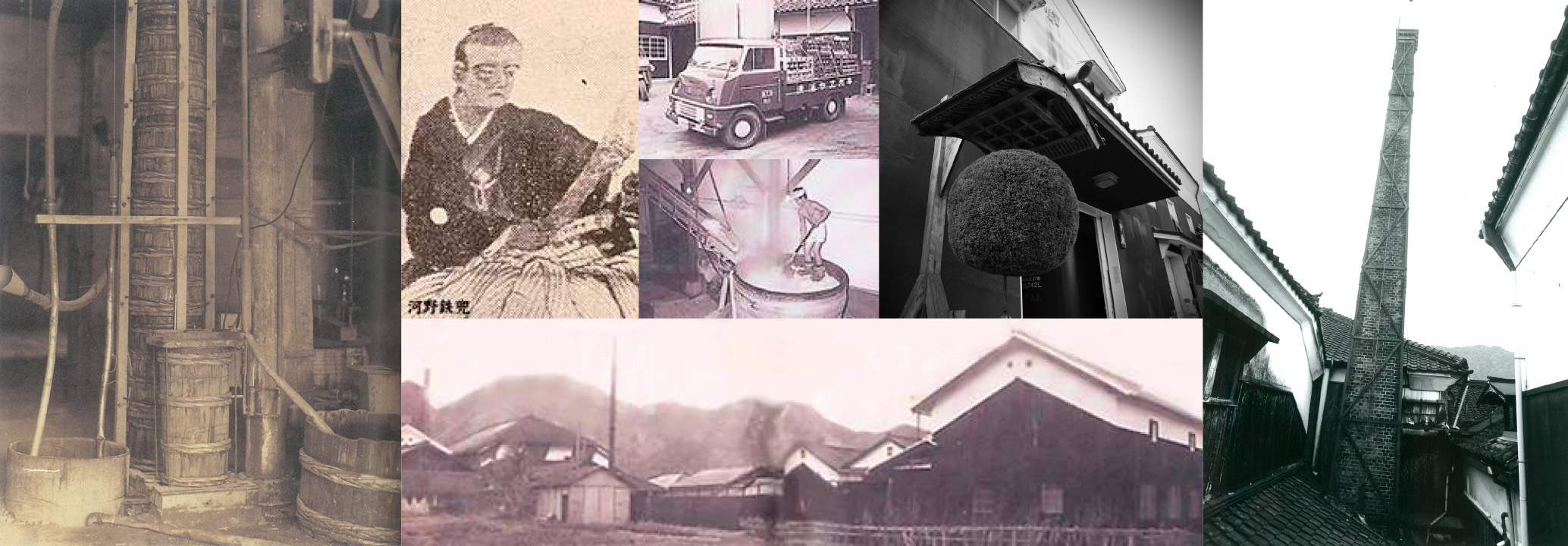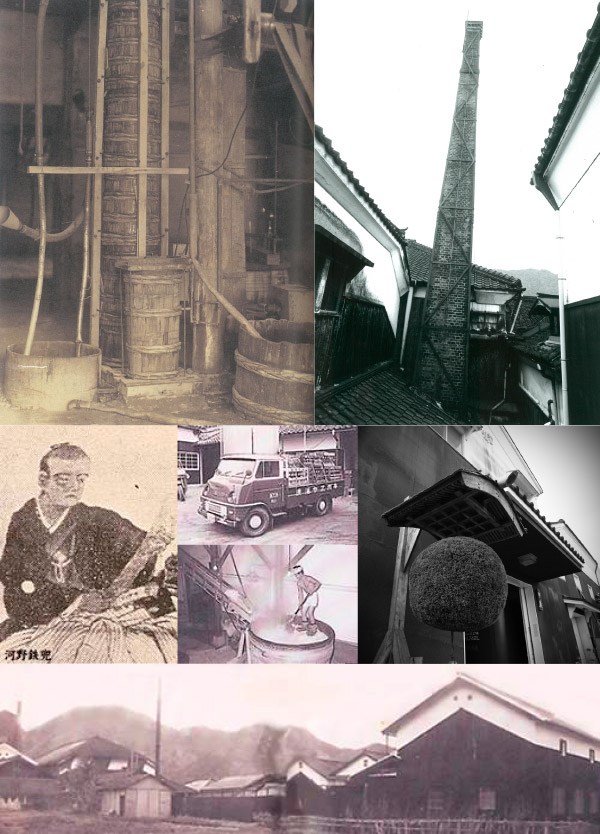The history of sake-making in the Hasegawa family begins
in the region called Banshu Hayashida,
which is steeped in mythology and surrounded by beautiful nature.
The Hasegawa family is recorded in the family tree as being
related to the Fujiwara clan, a court noble family,
and relocated from Yamato to Hayashida country.
In 1666, during the Edo period, the 33rd descendant of
Fujiwara no Kamatari, Hasegawa Eiga, opened a combined
sake brewery and timber merchant.
This marks the start of the story.
Hasegawa Eiga was the first in the family to set up a sake brewery.
In order to provide for his family after his death,
on New Year’s Day in 1690, one year before he died,
he made out a will stipulating the following:
After Eiga’s death the Hasegawa family operated
the business in their home town of Hayashida,
where it became a highly successful local sake brewery.
In 1849, after three more generations (Eiken, Eijin and Eijyu),
the timber merchant and brewery were split into separate businesses.
The older brother Eichu took over the timber merchant
while his younger sibling Eigun ran the brewery.
Eiga instructed his descendants to be worshipful to
the gods and respectful of their ancestors,
and to work hard to keep the business in good shape.
The Hasegawa brewery has remained staunchly committed
to the original edicts of Eiga ever since,
through the Edo, Meiji, Taisho, Showa and now Heisei periods,
right up to the present day.


